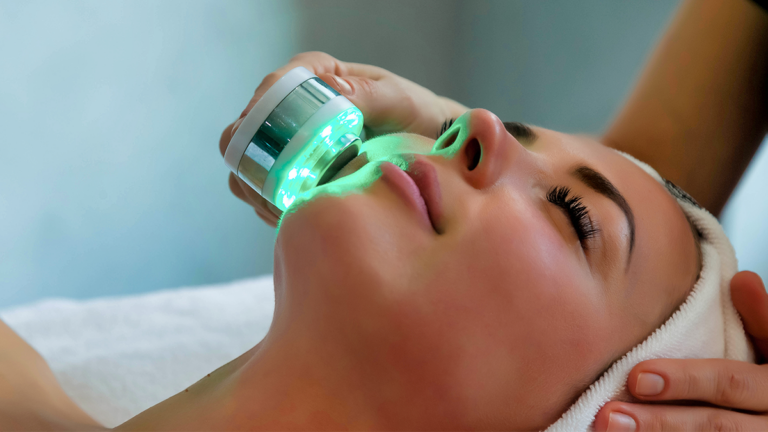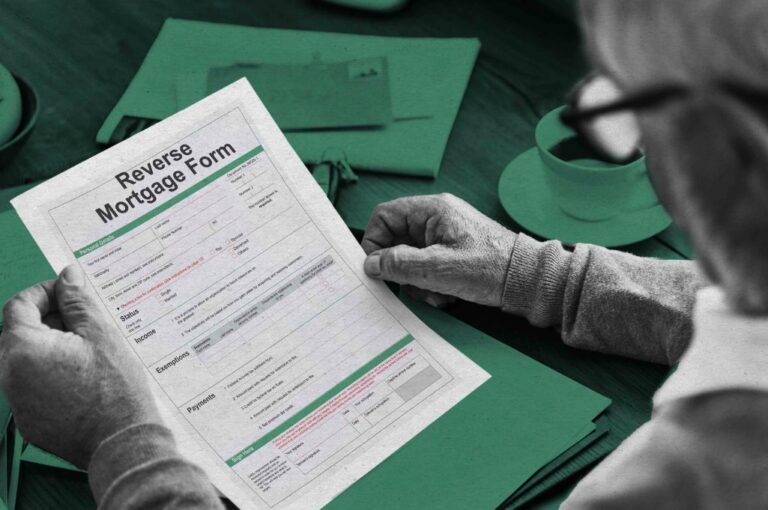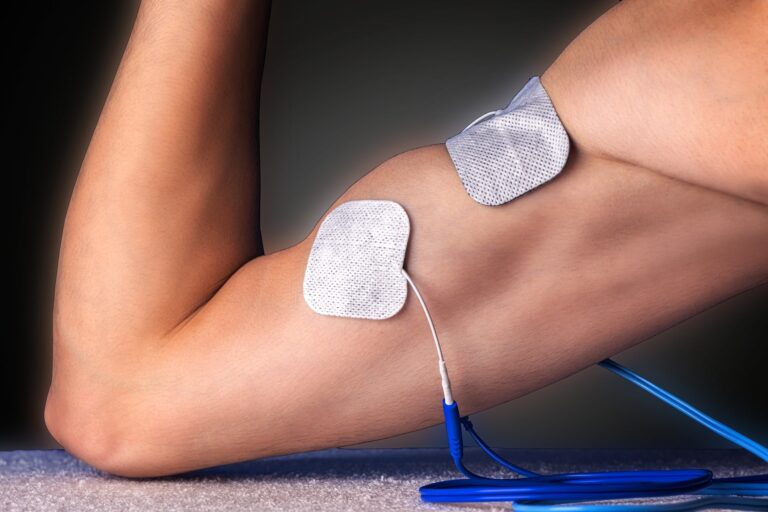LED (Light Emitting Diode) Light Therapy is a skincare treatment that uses varying wavelengths of light to address different skin concerns. Initially developed by NASA for plant growth experiments and wound treatment in space, this technology has transcended its origins to revolutionize the skincare industry.
Unlike UV rays, LED light therapy is safe and does not damage the skin. It works by emitting infrared lights in different wavelengths/spectrums, which have different skincare benefits.
The most common colors used are red, which reduces inflammation and stimulates collagen, and blue, which kills bacteria to treat and prevent acne.
Frequency Matters: How Often Should You Use LED Light Therapy?
The frequency of LED Light Therapy sessions can vary, depending on the specific device, the light’s intensity, and the issue you’re addressing. Generally, for professional treatments, it’s recommended to start with a course of treatments ranging from twice a week to every other week, followed by maintenance treatments every month or two.
At-home devices can be used more frequently, some even daily, but it’s essential to follow the manufacturer’s instructions.
Overuse can lead to diminishing results and increase the risk of skin irritation, making it crucial to find a balance that suits your skin’s needs.
Setting Realistic Expectations for Optimal Results
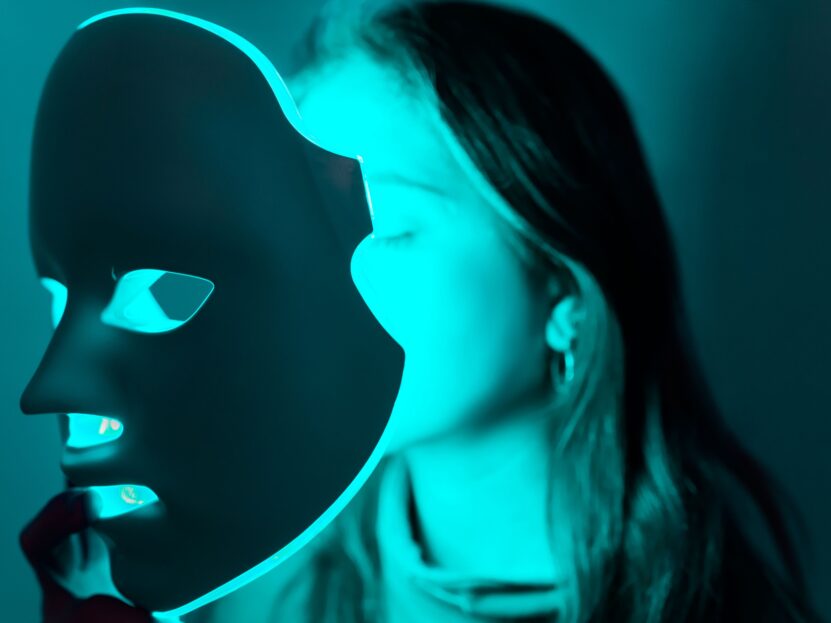
While LED Light Therapy can be highly effective, it’s not a miracle cure. It requires consistency and time to see visible results. Initial improvements may be noticeable in the short-term, especially in terms of inflammation and acne reduction.
However, more significant results, like changes in fine lines, wrinkles, and skin tone, can take several weeks or even months to manifest. It’s crucial to approach LED Therapy with patience and realistic expectations, understanding that results vary based on individual skin conditions, lifestyle factors, and adherence to the treatment regimen.
You should keep expectations real even if you work with top professionals such as spectrumsciencebeauty.com.au.
Customizing LED Light Therapy for Your Skin Type
Not all skin is created equal, and understanding your skin type is vital when using LED Therapy. Individuals with sensitive skin should start with shorter, less frequent sessions to see how their skin reacts and gradually increase as tolerated.
For oily and acne-prone skin, blue light therapy can be particularly beneficial, while red light therapy is more suited for anti-aging, inflammation, and healing purposes. Consulting with a dermatologist can provide personalized advice and ensure that the treatment is tailored to address your specific skin concerns effectively and safely.
Establishing a Consistent Routine
Consistency is key to achieving and maintaining the benefits of LED Light Therapy. Integrating the treatment into your regular skincare routine can optimize results. For at-home devices, create a schedule that aligns with the manufacturer’s recommendations and stick to it.
Pairing LED Therapy with a skincare routine that includes cleansing, moisturizing, and applying sunscreen during the day is also crucial. This not only enhances the effects of the therapy but also ensures your skin is well-maintained and protected from other potential damage.
The Role of Wavelengths in LED Light Therapy
Wavelengths are at the heart of LED Light Therapy’s effectiveness. Red light wavelengths (ranging from 630-660 nanometers) penetrate deeply into the skin’s layers, promoting collagen production, reducing inflammation, and increasing circulation.
Blue light wavelengths (around 415 nanometers) target the skin’s surface, killing acne-causing bacteria. Some devices also offer other colors, like amber to reduce redness and swelling, and green to reduce pigmentation.
Understanding these wavelengths helps in choosing the right LED therapy according to your skin’s needs and the issues you want to address.
Safety Precautions to Keep in Mind
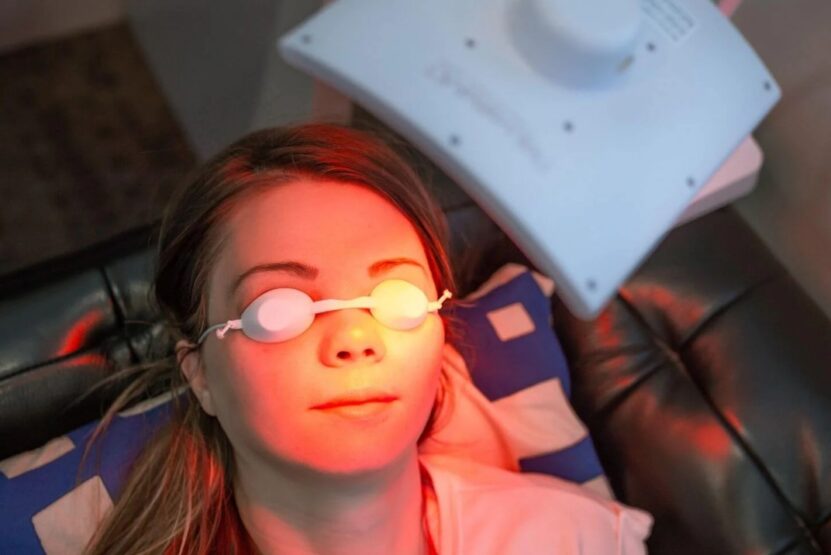
LED Light Therapy is generally safe, but it’s important to use it correctly. Never look directly into the lights, as this can cause harm to your eyes, even if the beam doesn’t feel hot or uncomfortable. Use eye protection if your device doesn’t already provide it.
Additionally, clean your device regularly to prevent bacteria buildup, and avoid using it on broken or irritated skin. While LED therapy is safe for most people, those with certain conditions like epilepsy or who are taking medications that increase light sensitivity should consult a healthcare professional before use.
Balancing LED Light Therapy with Other Skincare Treatments
While LED Light Therapy can be a powerful part of your skincare regimen, balancing it with other treatments is essential. It’s generally safe to use with most skincare products. However, it’s recommended to avoid using anything potentially irritating, like strong acids or retinoids, right before a session.
If you’re undergoing other professional skin treatments like chemical peels or laser therapy, consult a skincare professional to ensure a safe and effective treatment plan. They can provide guidance on the best way to incorporate LED Therapy into your regimen without overburdening your skin.
Duration Guidelines: How Long Should Each Session Last?
The duration of each LED Light Therapy session can vary based on the specific device and the area being treated. Typically, sessions can last from 10 to 30 minutes. For professional treatments, the duration will be determined by the practitioner based on the specific skin concern being addressed.
For at-home devices, it’s crucial to follow the manufacturer’s guidelines. Overexposure can potentially lead to skin damage, so it’s essential to adhere to the recommended duration and frequency to ensure safety and effectiveness.
The Importance of Patience and Persistence
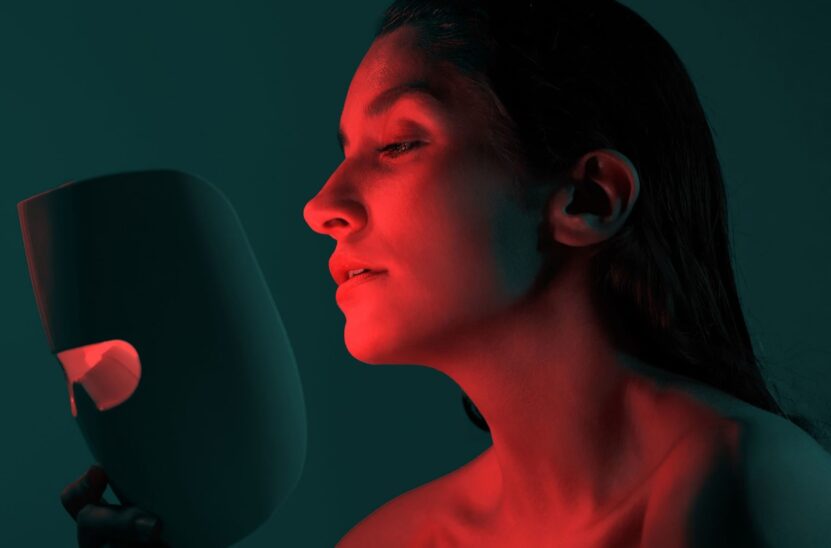
Patience and persistence are crucial when it comes to LED Light Therapy. While you may notice some immediate effects, like reduced inflammation or a calming of acne, the full benefits, particularly for anti-aging purposes like reducing wrinkles and improving skin tone, take time to become evident.
It’s important to stick with the routine and not get discouraged if results aren’t immediate. Over time, with consistent use, the benefits of LED Light Therapy can become a significant and visible part of your skin’s overall health and appearance.
Monitoring and Documenting Your Progress
Keeping track of your LED Therapy journey can be both motivating and informative. Take photos of your skin before starting treatment and periodically throughout the process to monitor changes and improvements.
This not only helps in seeing the progress but also in assessing the effectiveness of the treatment for your specific skin concerns.
Additionally, keeping a skincare diary where you note down each session, any changes in your skin, and any other treatments or products you’re using can help you understand your skin better and make informed decisions about your skincare regimen.
Expert Tips for Maximizing the Benefits of LED Light Therapy
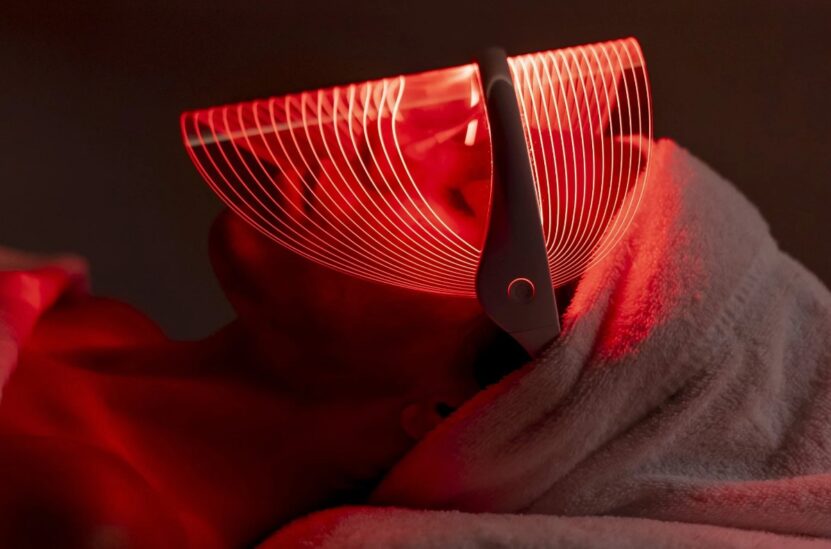
To maximize the benefits of LED Light Therapy, consider these expert tips: cleanse your skin thoroughly before each session to ensure the light penetrates effectively, follow a consistent treatment schedule, combine the therapy with a complementary skincare routine, and stay hydrated to help your skin function at its best.
Remember, each skin is unique, so it’s important to listen to your skin and adjust your routine if you experience any discomfort.
Lastly, consulting with a skincare professional can provide personalized advice and ensure you’re getting the most out of your LED Light Therapy treatments.
Related Posts:
- How Often Should You Organize Team Building Events &…
- How Quickly Can You Become an Instagram Celebrity? 7…
- Unlocking the Mind: What Is Cognitive Behavioral…
- How to Solve Jigsaw Puzzles Fast: Pro Tips for Quick…
- Can Manchester City Secure Champions League Success…
- Can all Computers Play Connect Four Online? Let's find out

